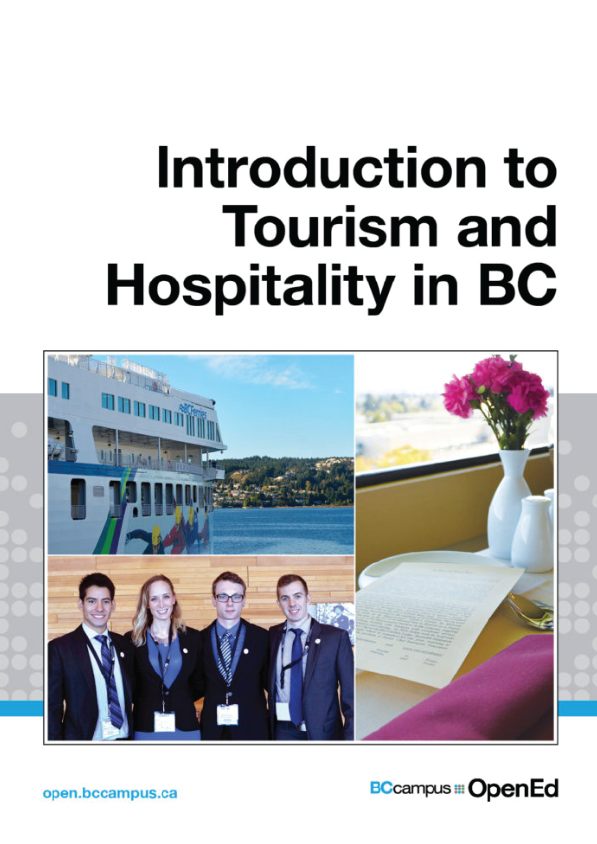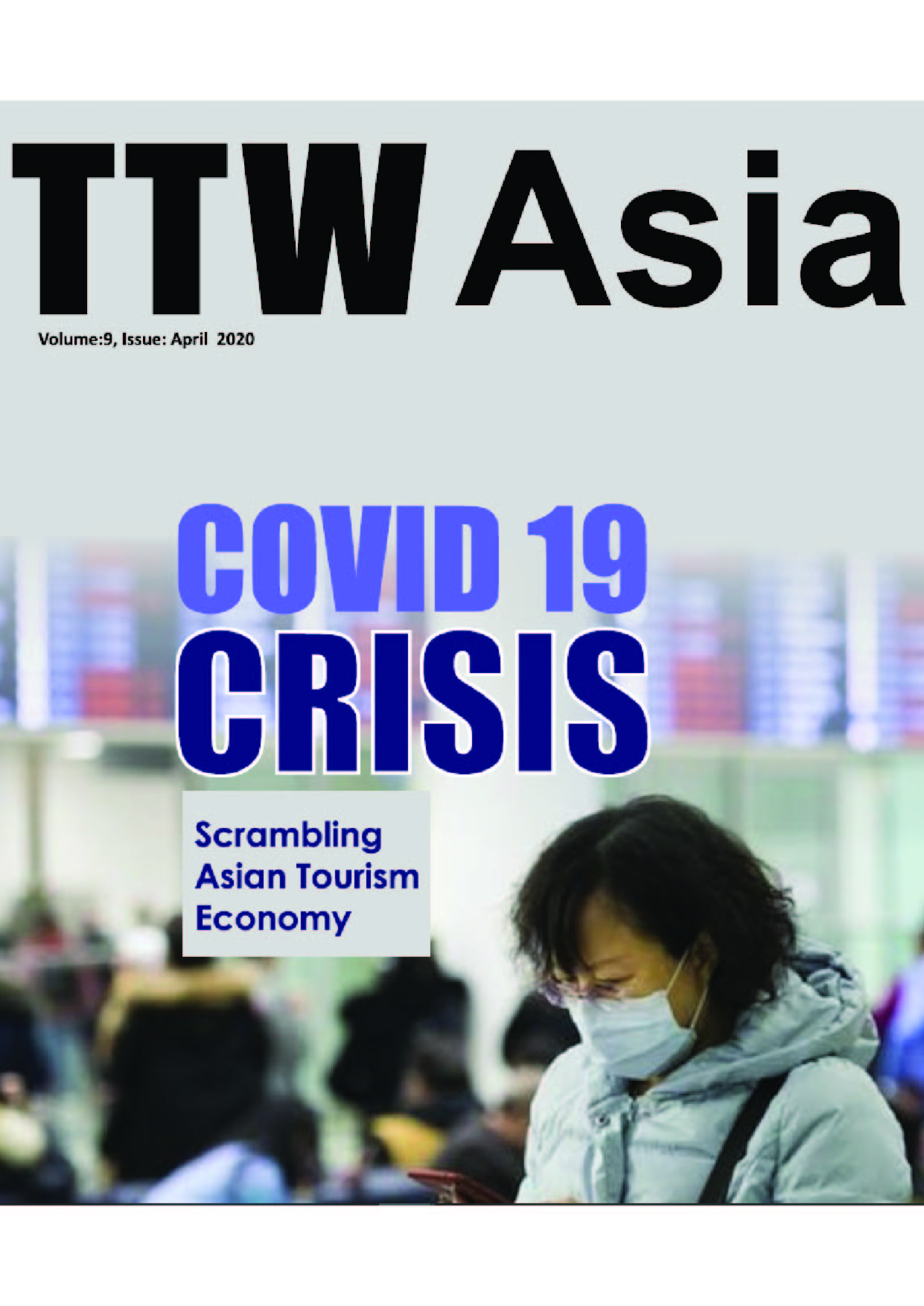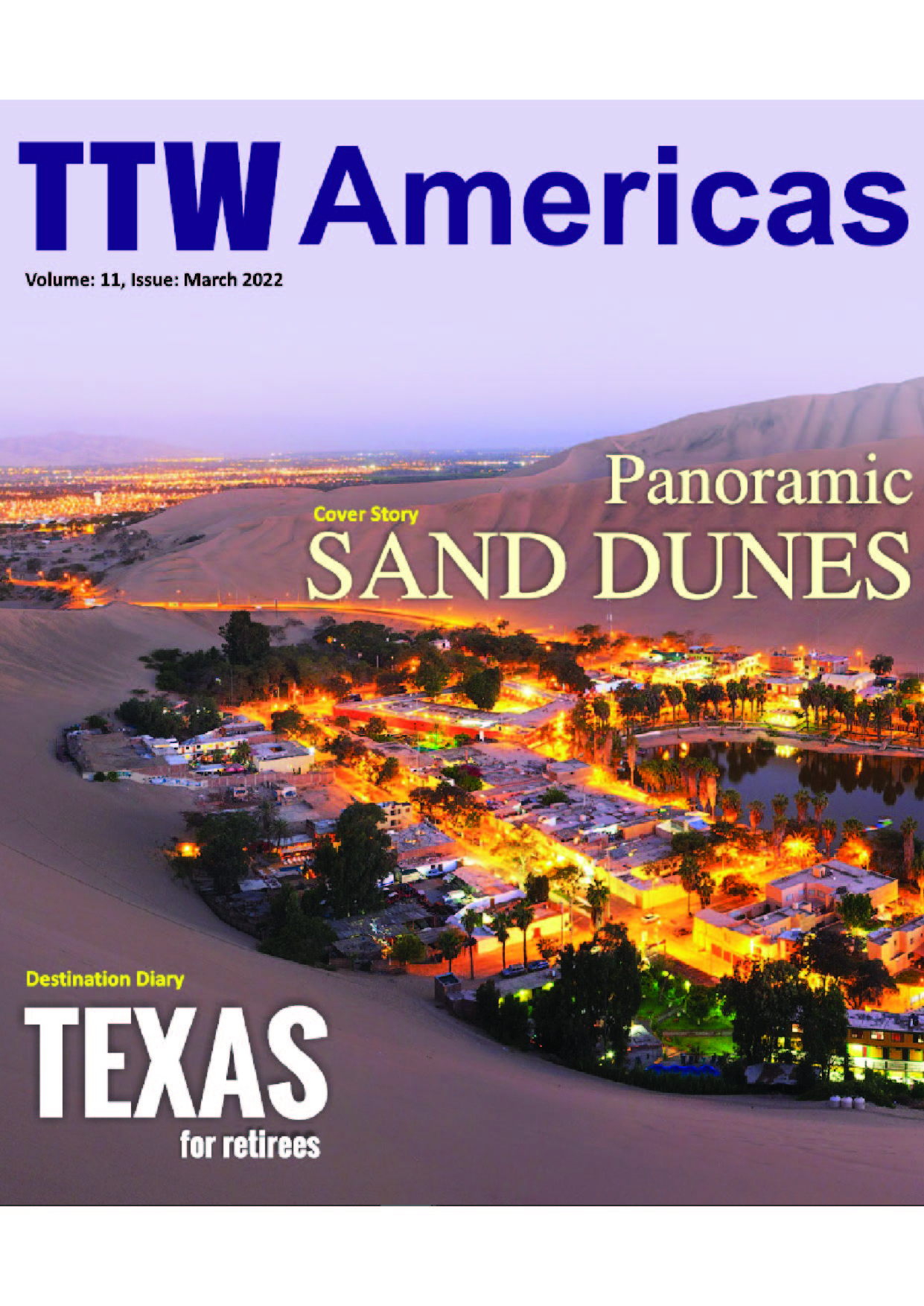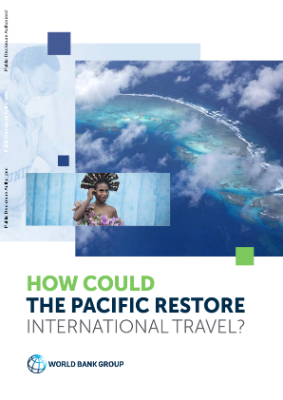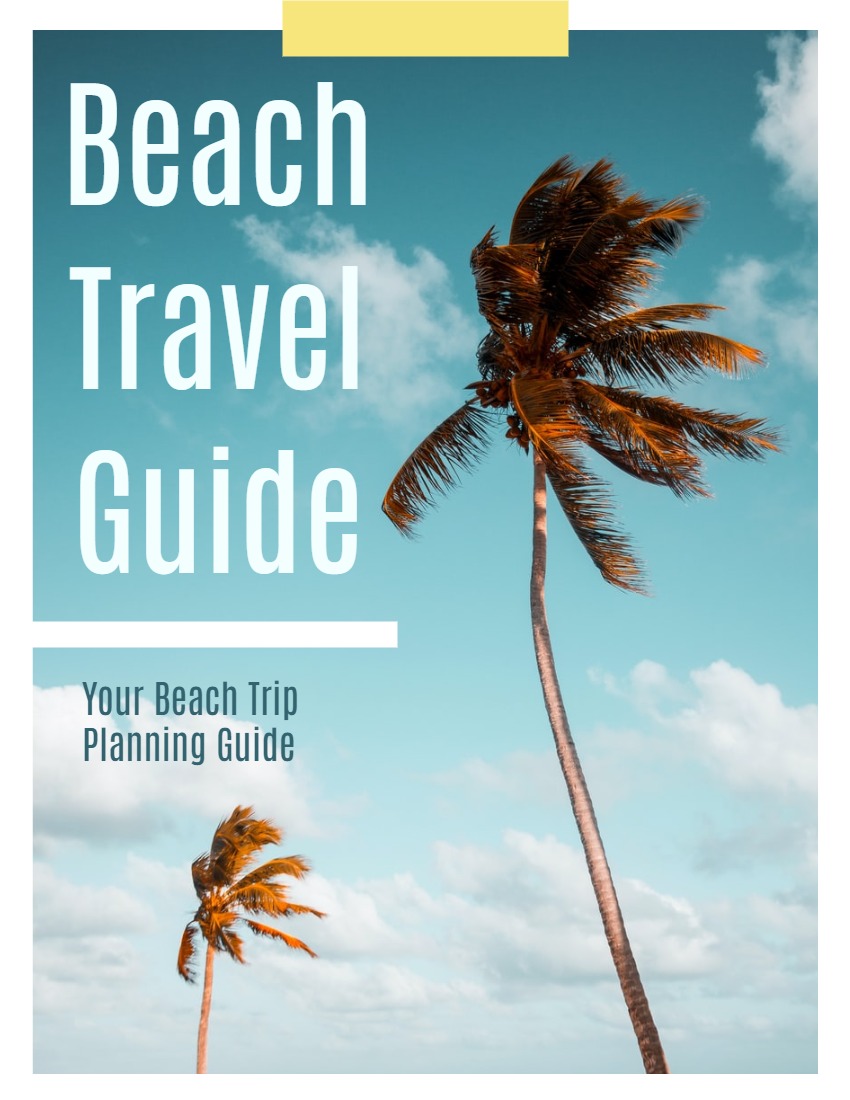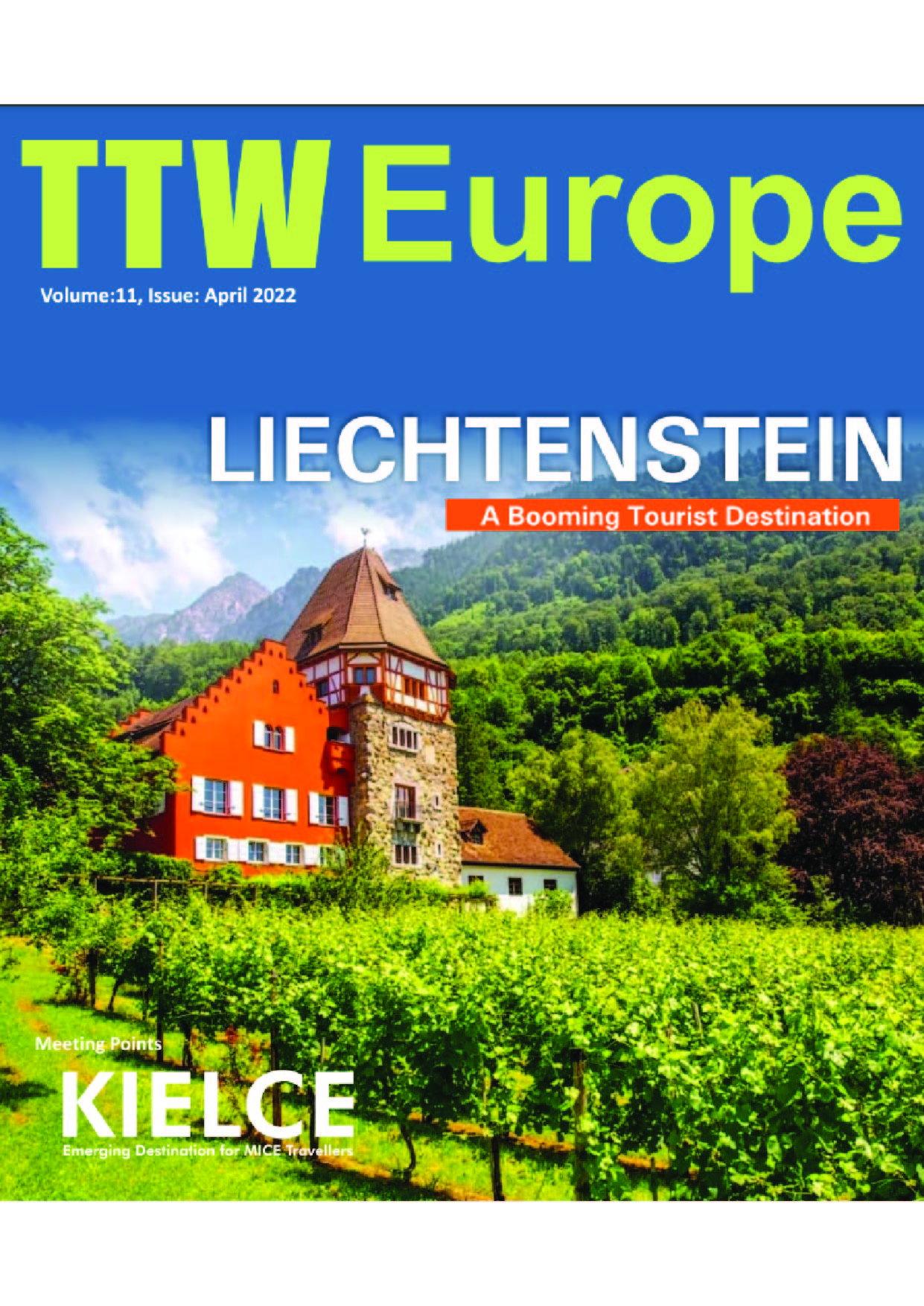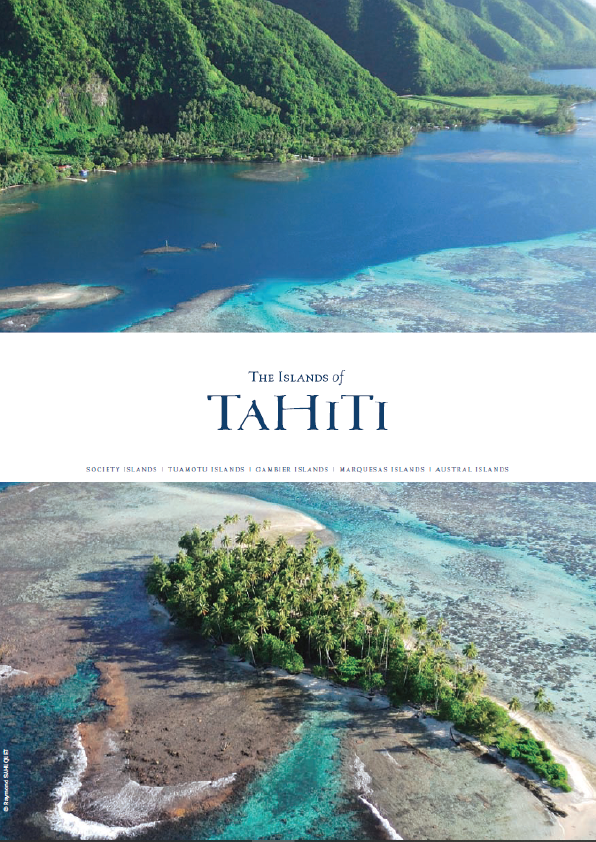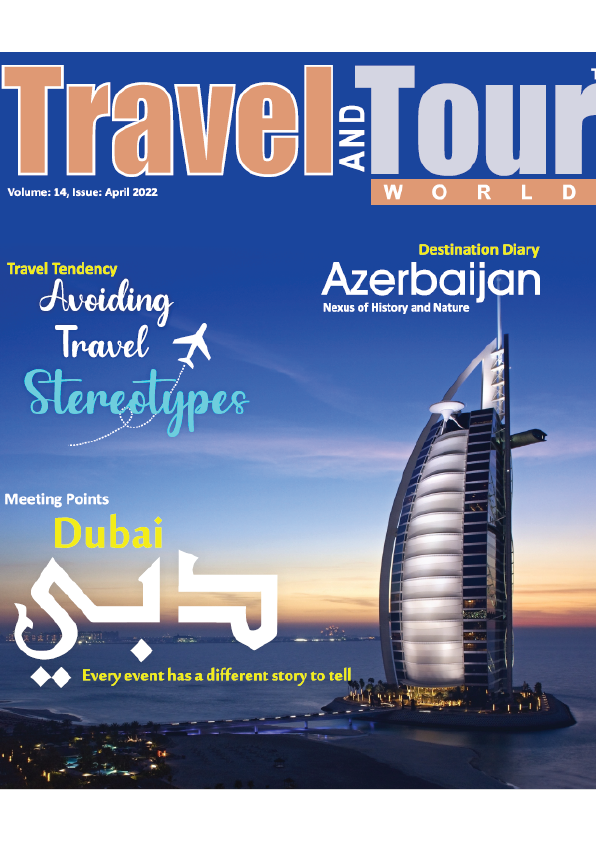Welcome! If you’re reading this book, then you likely have a strong interest in pursuing a career in BC’s tourism and hospitality industry. Perhaps you are already working in the the industry and would like to enhance your skills. No matter what your background, we’re happy to share this collaborative work that pulls together decades of industry experience and academic know-how.
An Introduction to the Industry
No textbook could cover, in depth, the tourism industry in BC and the global context for its development. This textbook is intended to be a stepping stone for further resources, and is written with a first year college and university audience in mind.
Created through Collaboration
The book you’re reading was created through a collaborative process managed by LinkBC. It involved input from educators at multiple institutions, industry leaders, employers, and past graduates of BC’s tourism and hospitality management programs.
Chapter Organization
Each chapter is organized thematically, and moves from a global, to a national, to a provincial context. Some chapters will be quite global in focus while others will concentrate primarily on British Columbia. Chapter content is based on available data and research, and input from collaborators.
Each chapter features “Spotlight On” text boxes that highlight an organization, business, or other key component of the chapter’s theme. “Take a Closer Look” features encourage students to do further reading on particular subjects.
At the end of each chapter, key terms are presented in alphabetical order to help students gain confidence with terminology; these terms are summarized in a Glossary at the end of the textbook.. These are followed by chapter exercises and a case study for in-depth exploration of the subject matter.
There are a number of ways tourism can be defined, and for this reason, the United Nations World Tourism Organization (UNWTO) embarked on a project from 2005 to 2007 to create a common glossary of terms for tourism. It defines tourism as follows: Tourism is a social, cultural and economic phenomenon which entails the movement of people to countries or places outside their usual environment for personal or business/professional purposes. These people are called visitors (which may be either tourists or excursionists; residents or non-residents) and tourism has to do with their activities, some of which imply tourism expenditure (United NationsWorld Tourism Organization, 2008). Using this definition, we can see that tourism is the movement of people for a number of purposes (whether business or pleasure).
Given the sheer size of the tourism industry, it can be helpful to break it down into broad industry groups using a common classification system. The North American Industry Classification System (NAICS) was jointly created by the Canadian, US, and Mexican governments to ensure common analysis across all three countries (British Columbia Ministry of Jobs, Tourism and Skills Training, 2013a). The tourism-related groupings created using NAICS are (in alphabetical order):
- Accommodation
- 2Food and beverage services (commonly known as “F & B”)
- Recreation and entertainment
- Transportation
- Travel services
These industry groups are based on the similarity of the “labour processes and inputs” used for each (Government of Canada, 2013). For instance, the types of employees and resources required to run an accommodation business — whether it be a hotel, motel, or even a campground — are quite similar. All these businesses need staff to check in guests, provide housekeeping, employ maintenance workers, and provide a place for people to sleep. As such, they can be grouped together under the heading of accommodation. The same is true of the other four groupings, and the rest of this text explores these industry groups, and other aspects of tourism, in more detail.
